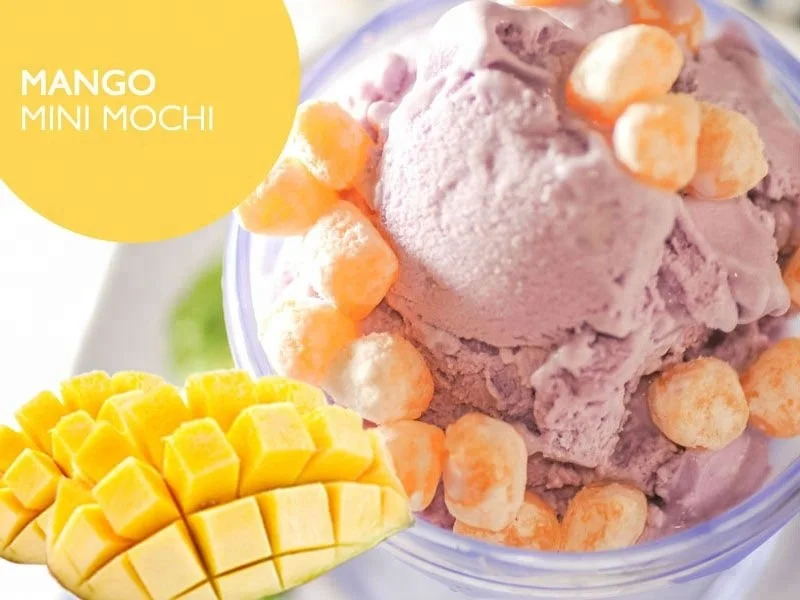


Where was boba invented? A boba stall at the bustling Shilin Night Market in Taipei, Taiwan. and is one of the largest manufacturers and distributors of paper and plastic food-service products in the country. His business, Karat by Lollicup, distributes over 50 percent of all boba in the U.S. Cooked boba is good for four to six hours and leftovers must be tossed afterwards.” Yu opened his first boba shop, Lollicup, in San Gabriel, CA in 2000. Staff will then cook boba throughout the day, keeping it ready to serve in the brown sugar syrup.Īccording to Alan Yu, co-founder of boba shop chain Lollicup and wholesale distributor Karat, “Boba should be kept warm throughout the day and continuously stirred. There, the boba can sit in storage for months at a time until ready to use. Most boba shops receive their boba supply from distributors, where they are prepackaged and freeze-dried. Only a handful of shops actually make their own boba on the premises, a process which takes more time and resources because they must be made fresh. For shops that have the older film packaging instead of a dedicated opening, the unique wide straw also must have enough structural integrity to punch through the plastic seal. They do not become dark brown spheres until they are boiled and marinated for hours in a caramelized syrup composed of brown sugar, honey, and hot water.The drink is typically served in a plastic cup with the toppings at the bottom that have to be sucked up through a straw that must be wide enough for the tapioca balls, or any other toppings to pass through. Boba balls start off white in color, when they are essentially flavorless but still have an extraordinary bouncy, satisfyingly chewy texture. Drinks come in many different varieties, but the bases all begin similarly, using green tea, black tea, milk, or fruit juice bases. Boba is a dual-purpose term, used both for the drink and for the chewy tapioca balls floating within it. What is boba?īoba is made from tapioca starch, which is an extract from the South American cassava plant that found its way to Taiwan by way of Portuguese and Dutch traders and colonization. This is Eater LA’s primer to boba, or bubble tea, for devoted fans and newcomers alike. To become a true boba connoisseur, one must start with the basics. According to Yelp’s figures, the city of Los Angeles saw 36 percent more boba shop openings in 2021 vs. Yelp labeled boba tea as the most popular delivery item being ordered in states like California during the early pandemic months of 2020. At a time where the majority of food businesses have taken a hit due to the COVID-19 pandemic, boba shops have continued to thrive, especially in Los Angeles. These shops are ideal places to indulge in a drink culture that thrives because of its endless adaptation.īoba shops have also been at the forefront of bringing the newest food trends from Asia to the U.S., such as cheese foam, butterfly pea, and fully handmade boba. Boba has provided people an alternative social gathering space following the coffee shop mold, but with sweet chewy tapioca balls instead of caffeinated beans.

The global boba industry was valued at $2.4 billion in 2019, and is estimated to reach $4.3 billion by 2027, making this casual, milky, fruity drink one of the largest segments of the American beverage industry.Īlthough boba culture and the Asian diaspora are the main reasons that boba became so popular in the early 2000s, these days it’s become mainstream, where various styles and permutations have taken on a whole new level of creativity, inventiveness, and even lavishness.

Boba, bubble tea, pearls, tapioca balls whatever the name, the chewy ball drink that originated in Taiwan in the 1980s has spread across the world and eventually become a foundational piece of Asian American culture in the United States, creating a sweeping shift in dessert and drink culture in the country.


 0 kommentar(er)
0 kommentar(er)
